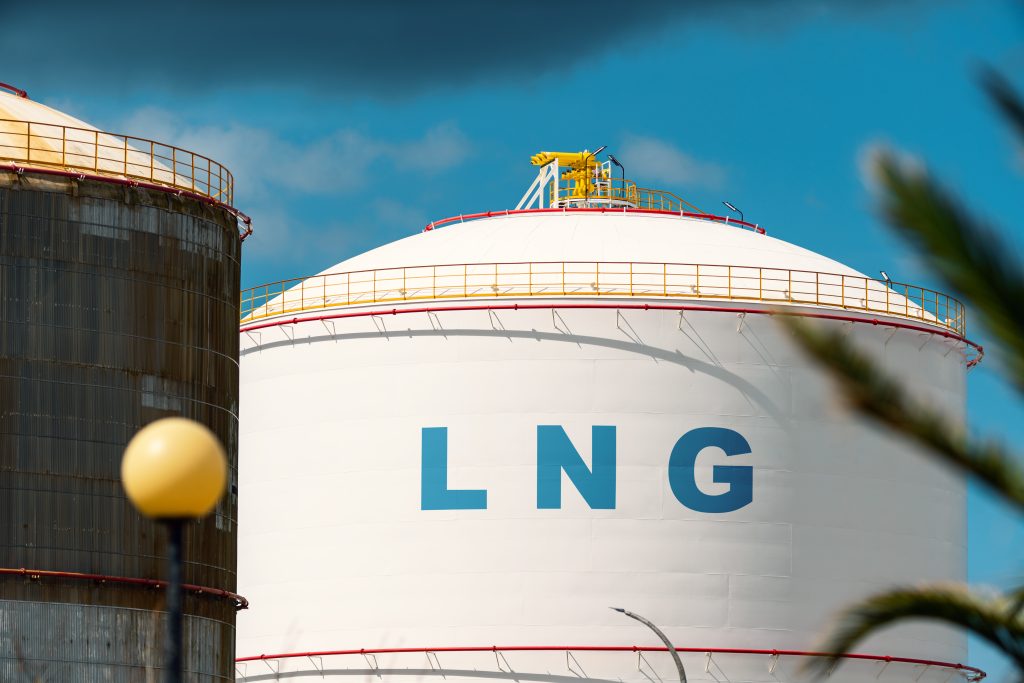SGH to Lead Research Effort Studying Structural Capacity and Resilience of External Steel Shell LNG Tanks

The U.S. Department of Transportation’s Pipeline and Hazardous Materials Safety Administration (PHMSA) has awarded Simpson Gumpertz & Heger (SGH) a research grant to assess and develop performance criteria for external loading factors on external steel shell tanks. Specifically, SGH will study steel shell tanks used in liquefied natural gas (LNG) applications and how blast loads, fire radiation, flame impingement, and projectiles may influence the selection of tank type, design, and performance.
The main objectives of this research project are to evaluate external steel shell tanks subject to external and internal accidental loads. Led by SGH Senior Principal Paul Summers and Project Director Onder Akinci, the study will determine whether a metal secondary container provides an adequate level of safety and operational integrity comparable to that of an alternative concrete secondary container. This research project will provide a better understanding of the ultimate capacity and resilience of a 9% nickel steel secondary container subjected to accidental loads including blast, fire, projectile impact, and thermal shock.

Finite element model of steel shell LNG tank.
“We are thankful for the opportunity to conduct this critical research and grateful for the valuable feedback and contributions of our project partners and technical advisory panel members,” said Paul. “Together, our team represents the needs of LNG companies; major oil and gas operators; engineering, procurement, and construction (EPC) firms; regulators; and independent subject matter experts to design and construct LNG storage tanks that perform well and prove resilient over a long service life. Given the current market conditions and high demand for LNG globally, we believe that this study will be valuable for the industry.”